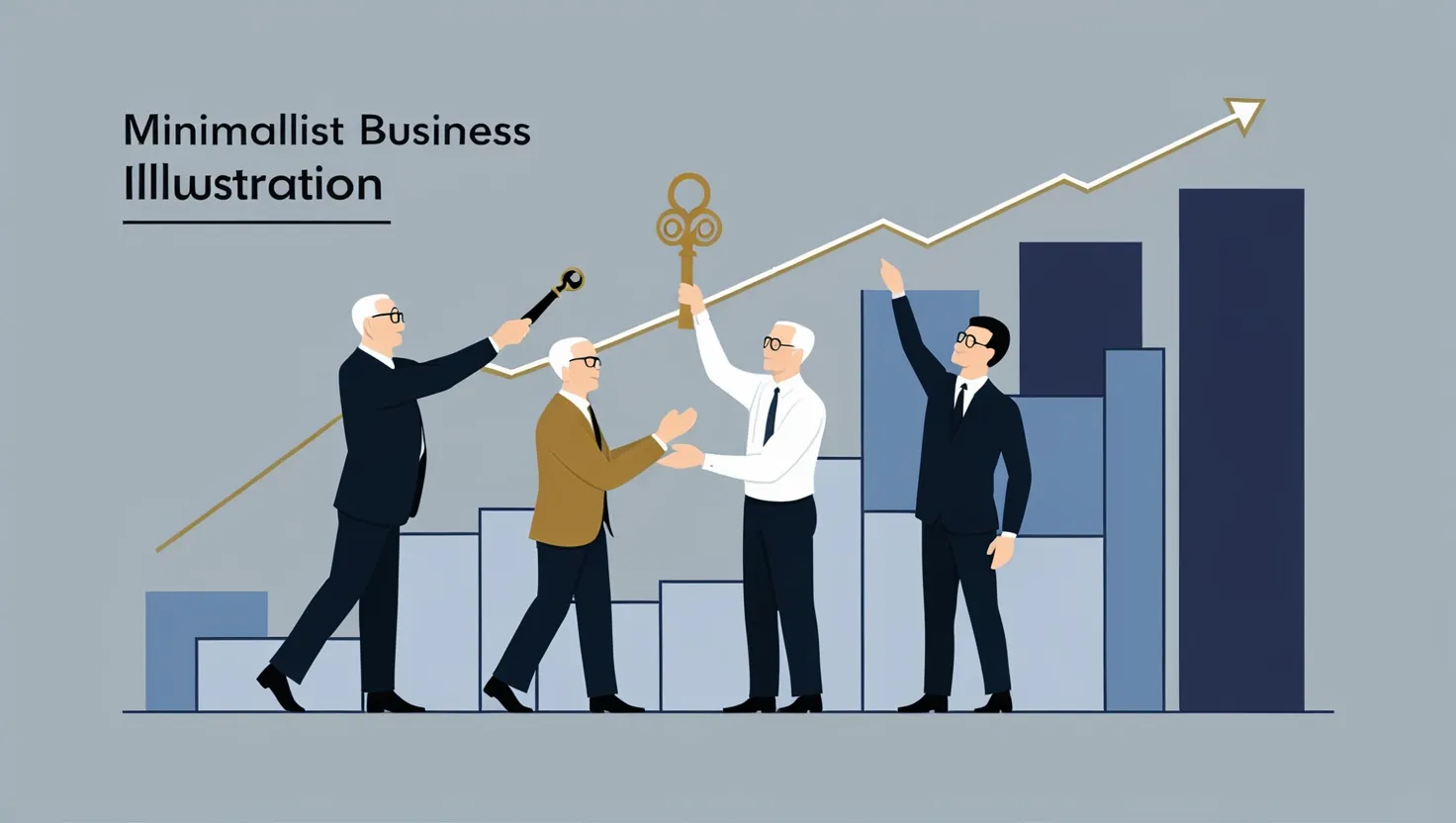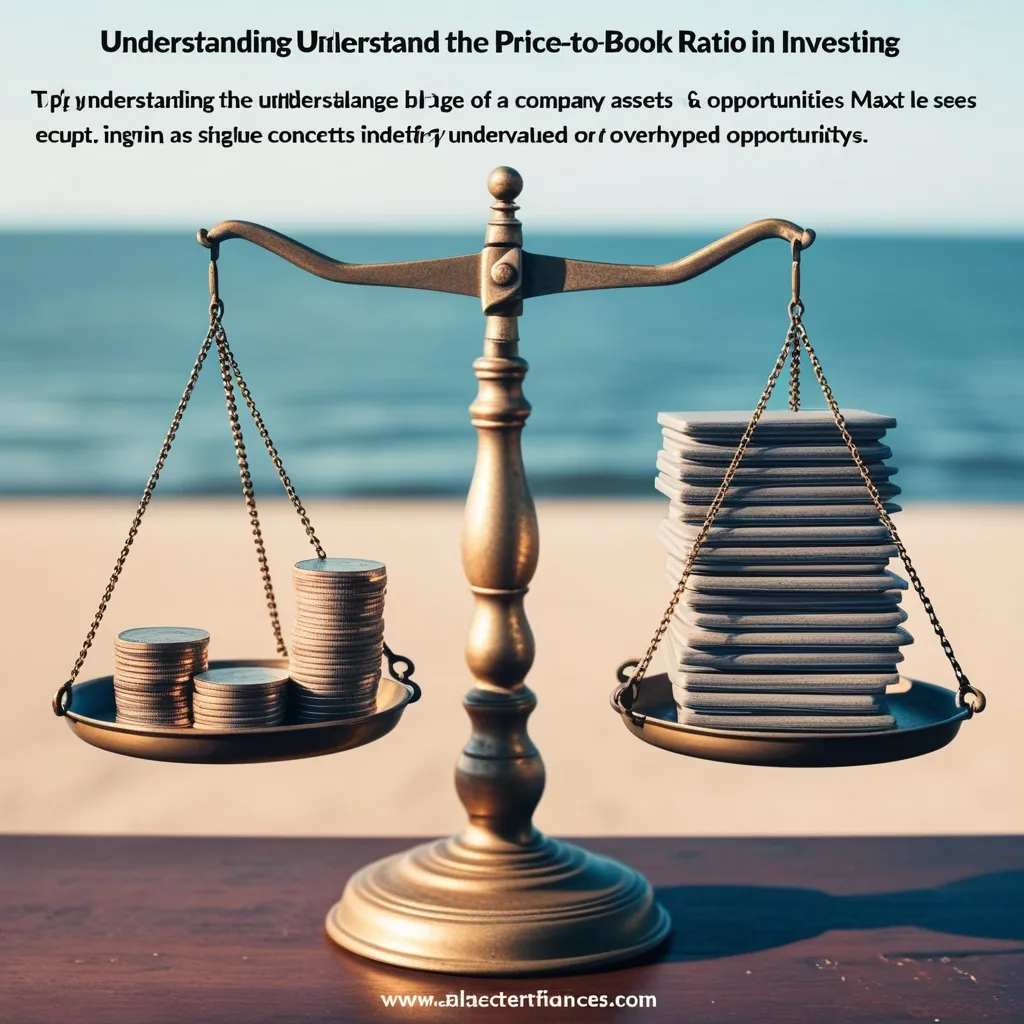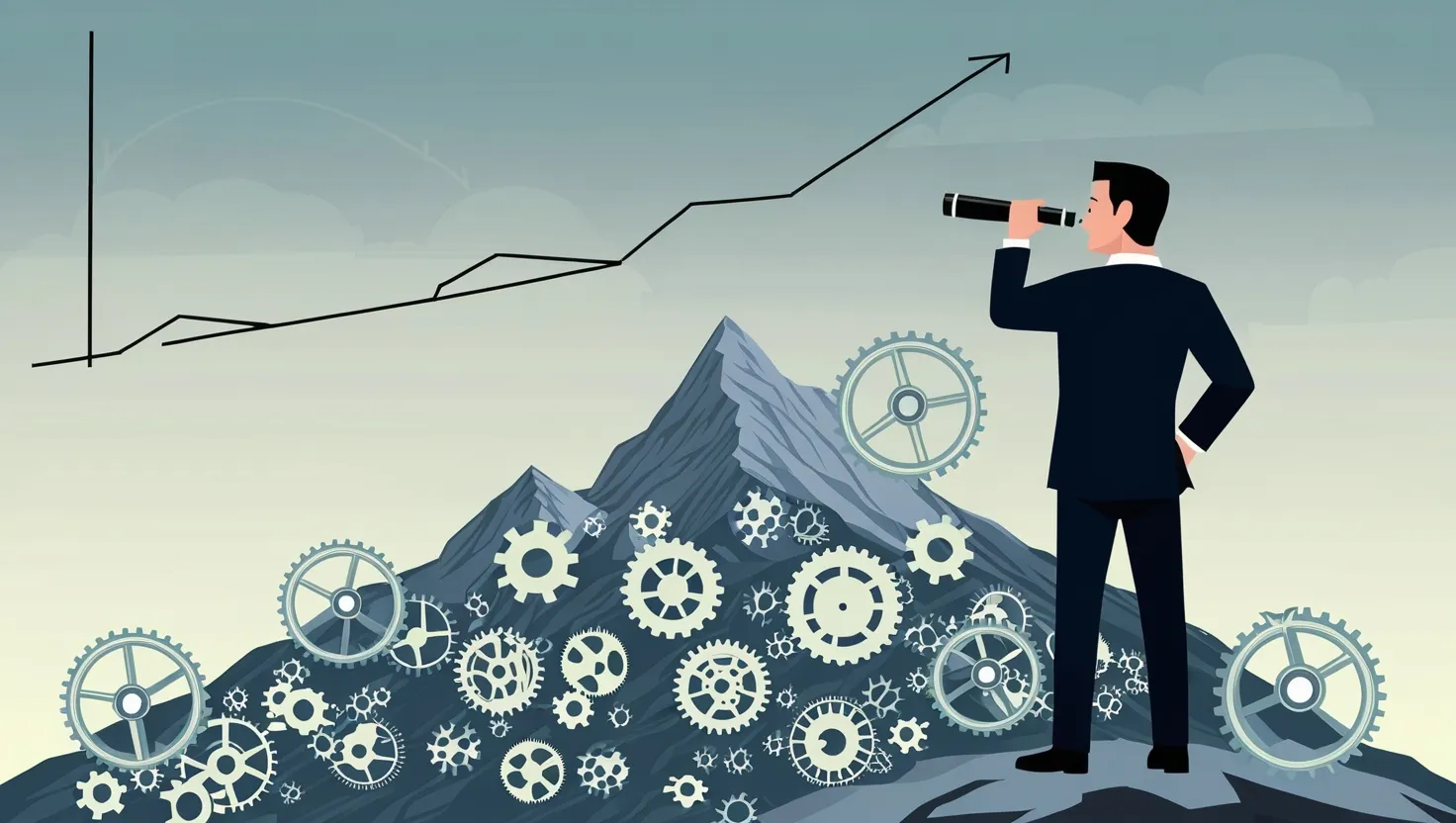When I think about value investing in cyclical industries, I’m reminded how much patience it takes to swim against the current. How often have you seen an entire sector written off, only to see it roar back as if nothing ever happened? Over the years, I’ve learned that cyclical businesses—the miners, manufacturers, and tankers—can be goldmines for those willing to look beyond headlines and dig into numbers that matter across the full sweep of a business cycle.
It’s easy to get swept up in the drama of booms and busts. Commodities fall out of favor as demand collapses, factories sit idle, and freight slows to a crawl. Yet, these deep valleys in sentiment are often when the best opportunities present themselves. Howard Marks once observed, “The biggest investing errors come not from factors that are informational or analytical, but from those that are psychological.” This couldn’t be truer when markets are pricing in permanent doom for cyclical sectors.
So, how do I decide what’s worth buying when everyone else is selling? The first lesson is to resist valuing these companies at single points in time—especially at peak profits or during trough losses. Instead, I ask: What would this company earn and generate in free cash flow if things were average—not great, not terrible—for a few years? I find that normalizing earnings over the last full cycle, and adding a margin of safety, helps avoid overpaying when times are good and undervaluing when things look bleak.
Many are tempted to chase high earnings during the top of a cycle, only to see those earnings collapse when a downturn hits. Conversely, losses at the bottom can look ugly, but they could be temporary. By focusing on normalized metrics, I stay grounded. Have you ever run the numbers using a five-year or ten-year average of earnings or cash flows, rather than last year’s figure? It can be eye-opening.
Balance sheet strength becomes my next checkpoint. In cyclical industries, downturns are inevitable. I want companies with the financial muscle to weather years of weak demand. It’s not just about low debt—it’s about having enough liquidity, manageable maturities, and a conservative capital structure. Time and again, I’ve seen businesses with strong balance sheets not only survive but use downturns to make acquisitions or invest in efficiency, setting the stage for outsized gains as conditions recover.
Fixed costs—often ignored during good times—are another key area. A manufacturer with high fixed costs will see profits plummet much faster than one with a flexible structure when sales decline. I pay attention to how well management adjusts costs in tough times. Do they cut discretionary spending? Are they ruthless about shutting down capacity if needed? The best managers aren’t just good at riding booms; they’re expert at battening down the hatches.
Speaking of management, capital allocation is where many cyclical businesses are made or broken. It’s easy to spend aggressively when cash flow is gushing, but the best leaders are disciplined. They hold back during expensive times, keep powder dry, and act boldly when assets are cheap. I look for evidence that management has both the courage to buy or build during downturns and the restraint to avoid costly expansions at the peak.
“Be fearful when others are greedy and greedy when others are fearful,” Warren Buffett’s most famous maxim, is especially relevant here.
Another tool I use is measuring value through tangible assets, replacement costs, and book value. For cyclical companies, the worth of their factories, mines, or fleets often tells me as much about downside protection as any earnings metric. When shares trade below what it would cost to rebuild assets from scratch, or at a steep discount to book value, I pay attention. Sometimes, the market prices in destruction that simply isn’t going to happen.
But all these frameworks aren’t enough without contrarian thinking. Buying during a downturn requires the humility to know the cycle won’t turn overnight—and the fortitude to hold as sentiment remains negative. I ask myself: What if I’m early? Am I comfortable owning this for years, possibly watching it fall further before conditions improve? Some of my most successful investments have involved buying into hated sectors, sitting on paper losses, and watching intrinsic value ultimately win out as the cycle reversed.
Let’s ponder a case. In the early 2000s, commodity prices were in the gutter. Mining stocks traded at fractions of book value, with markets convinced demand would stay weak indefinitely. Those who looked at normalized earnings, robust balance sheets, and below-replacement-value assets could buy world-class miners for pennies on the dollar. As globalization picked up and supply chains ramped, these positions delivered life-changing returns. How often do we miss these inflection points because short-term pain blinds us to structural advantage?
Or take transportation—shipping rates fell sharply after the 2008 crisis, and many tanker and dry bulk operators crashed. Yet, the lowest-cost operators with sound finances survived, bought vessels at distressed prices, and profited handsomely when global trade rebounded. The common thread: value investors who focused on normalized cash flows, durable balance sheets, and tangible assets were rewarded as the cycle turned.
One question that often comes up: how long do you wait? Unfortunately, timing the exact bottom is a fool’s errand. I’ve learned to accept imperfect timing in exchange for great value. As Ben Graham wrote, “The real money in investment will have to be made—as most of it has been in the past—not out of buying and selling but of owning and holding securities.”
If you’re considering value investing in cyclical industries, I’d challenge you to look at the following:
- Are you using normalized earnings and cash flows or simply annual snapshots?
- Have you stress-tested the company’s balance sheet for a worst-case recession?
- Can management be trusted to allocate capital wisely through thick and thin?
- Are the shares trading at or below tangible asset values and historical trough price-to-book ratios?
- And most importantly, are you prepared for the psychological battle of buying when news is negative and holding as sentiment slowly turns?
“If you want to have a better performance than the crowd, you must do things differently from the crowd,” said Sir John Templeton. This is doubly true in cyclical industries, where crowd panic often sets up the best bargains.
It’s also worth noting that investing in this manner isn’t about predicting macro cycles with perfection. It’s about positioning when the odds tip strongly in your favor, based on valuations that assume very little going right. The irony is, you often need the most courage when your thesis is most uncomfortable.
There’s one more unconventional angle I consider. Many investors focus only on the largest players, but sometimes the best risk-reward comes from smaller, overlooked companies with niche advantages—protected markets, low-cost assets, or unique customer bases. These often bounce back faster and further than the giants, especially if they’ve kept their debt in check.
Have you ever dug into a company’s filings during a downturn and found management buying back shares, insider buying, or strategic investments that signal deep confidence? These little breadcrumbs, missed by most, often telegraph brighter days ahead.
Sometimes, waiting for the perfect clarity means missing the upturn entirely. Value can close quickly as other investors rediscover these companies. I’ve seen sectors go from pariahs to darlings within months, as capital rushes back and optimism returns.
So, if you’re eyeing cyclical industries battered by temporary storms, remember that patience and a contrarian mindset are your biggest assets. Analyze across cycles, trust in your frameworks, and be ready to act when opportunity presents itself—long before the crowd. As Peter Lynch succinctly put it, “You get recessions, you have stock market declines. If you don’t understand that’s going to happen, then you’re not ready, you won’t do well in the markets.”
Are you prepared to buy when the world is pessimistic, to hold through turbulence, and to sell as value is restored? That’s where the rarest returns are found, in places others have stopped looking.






